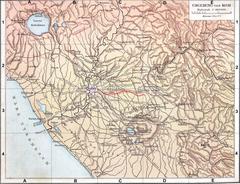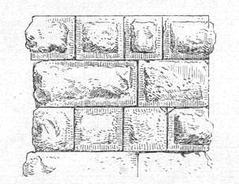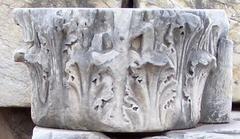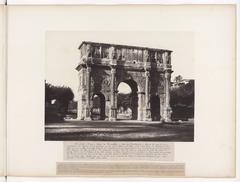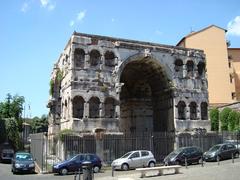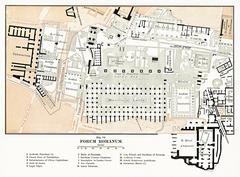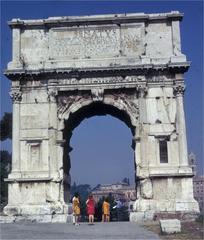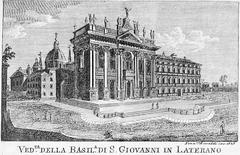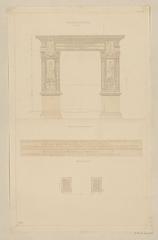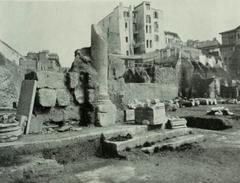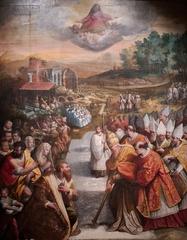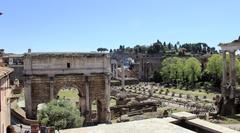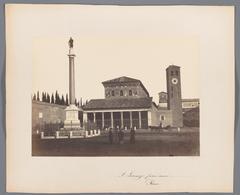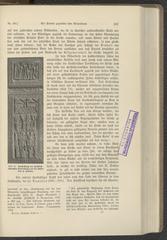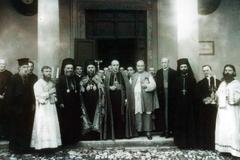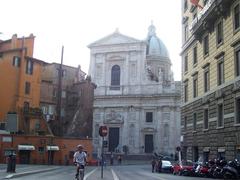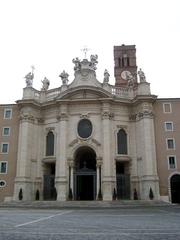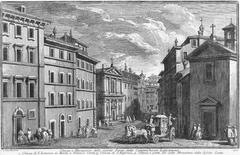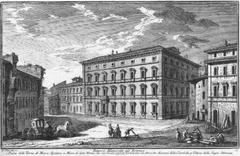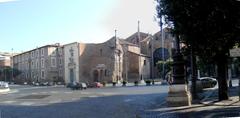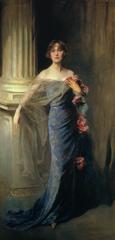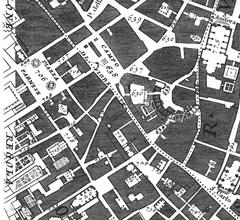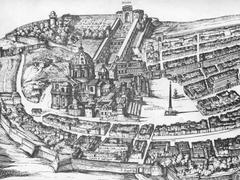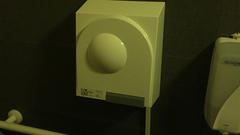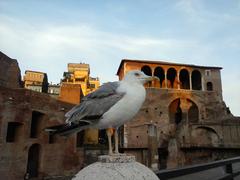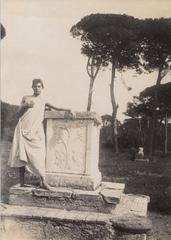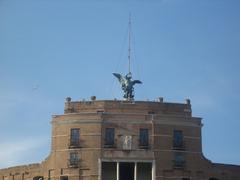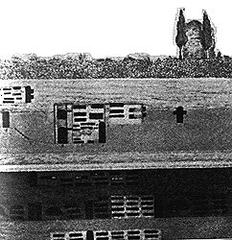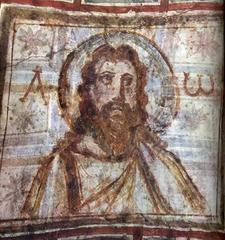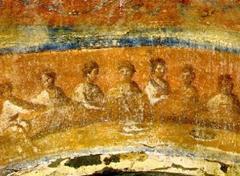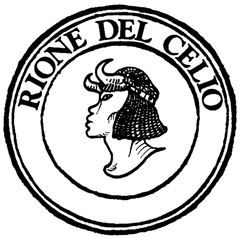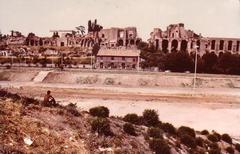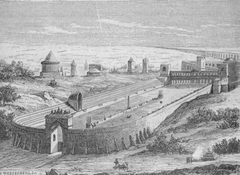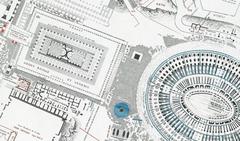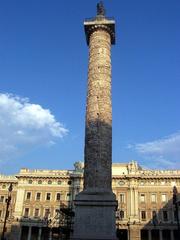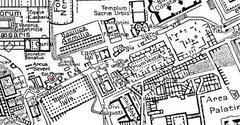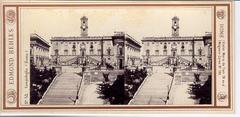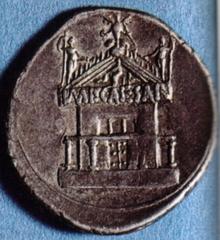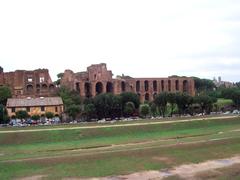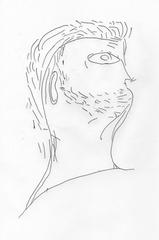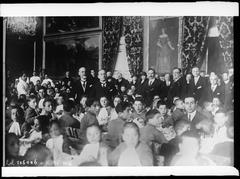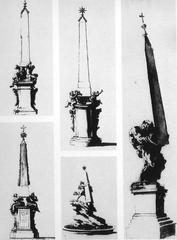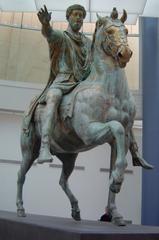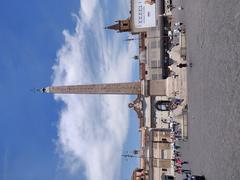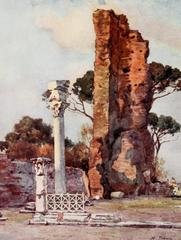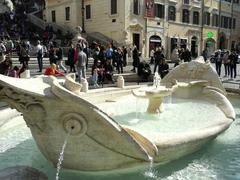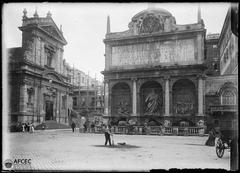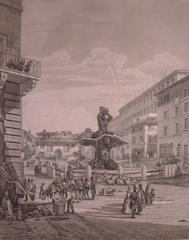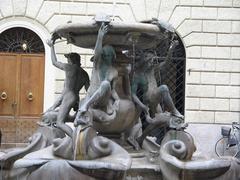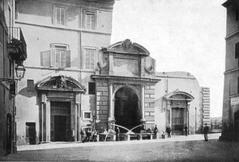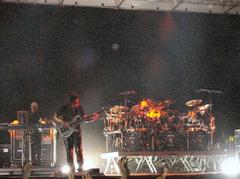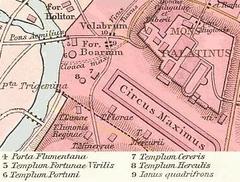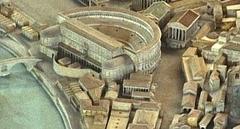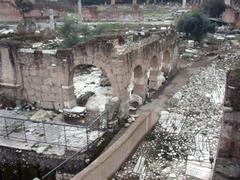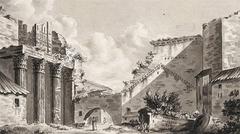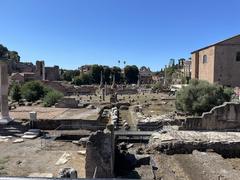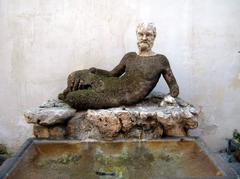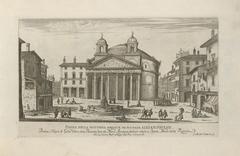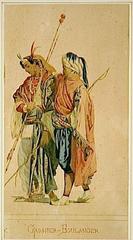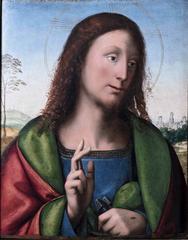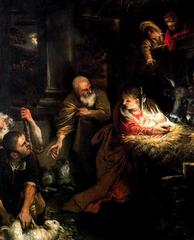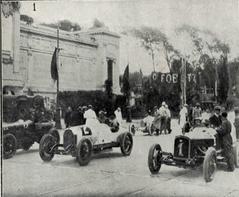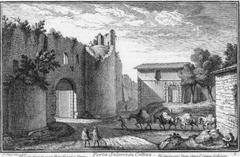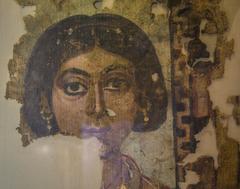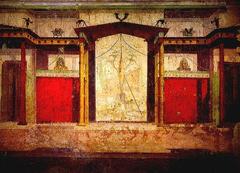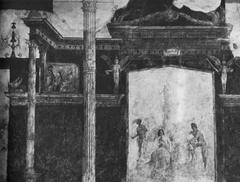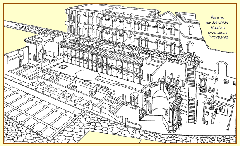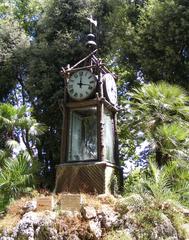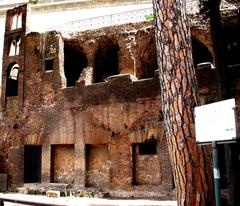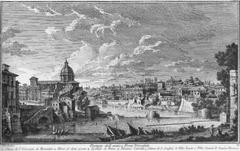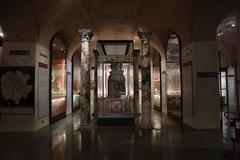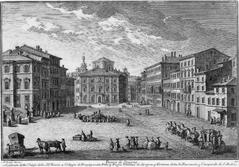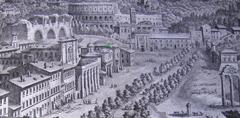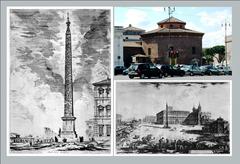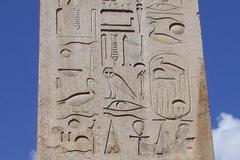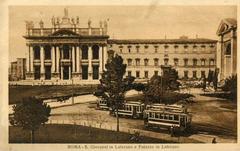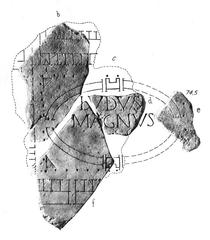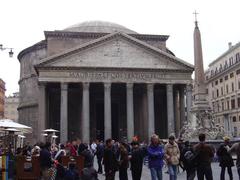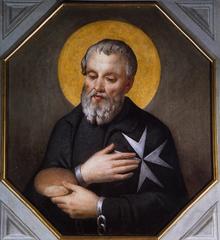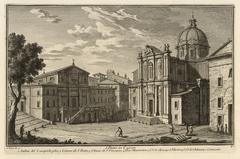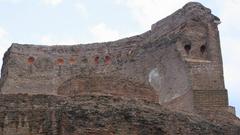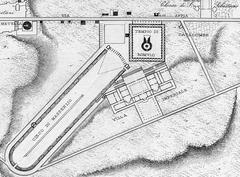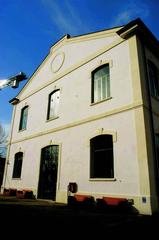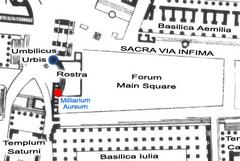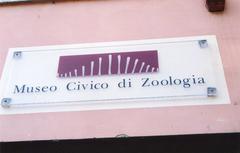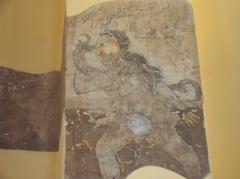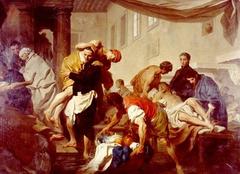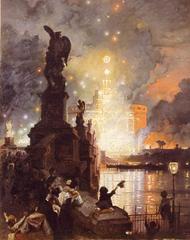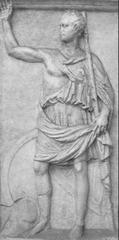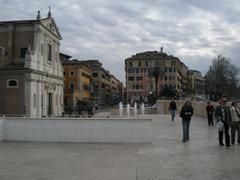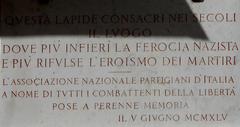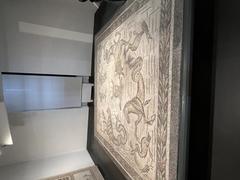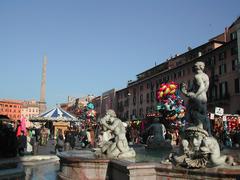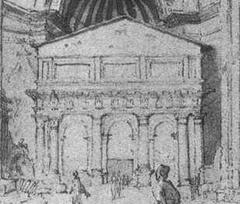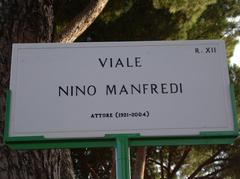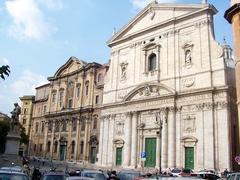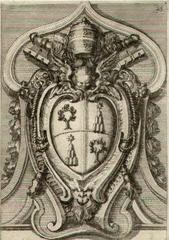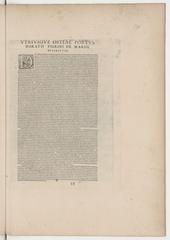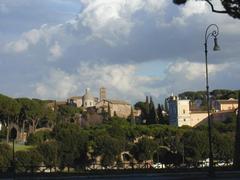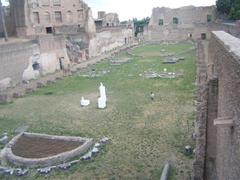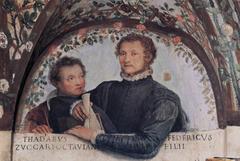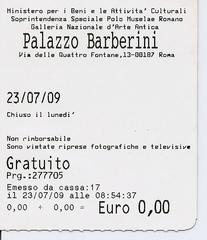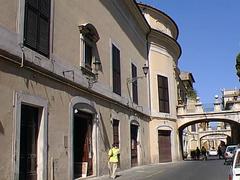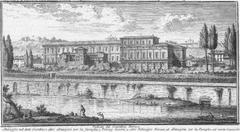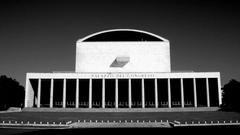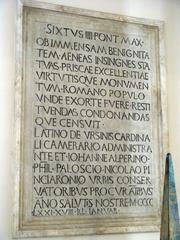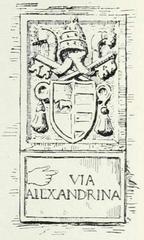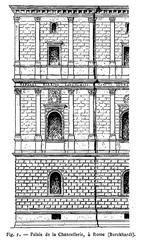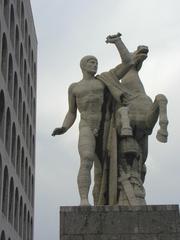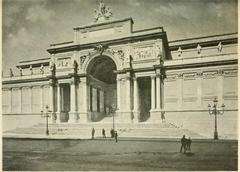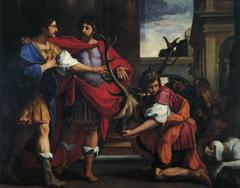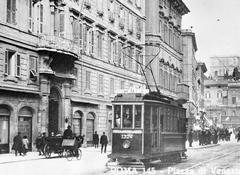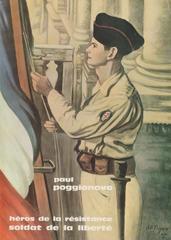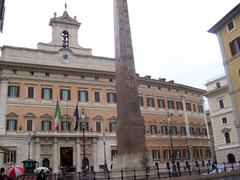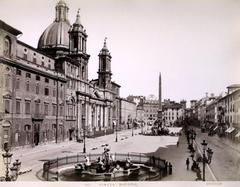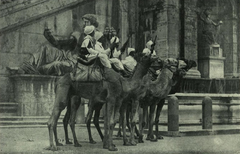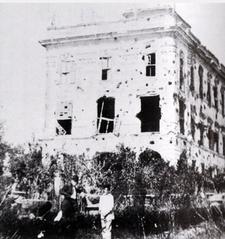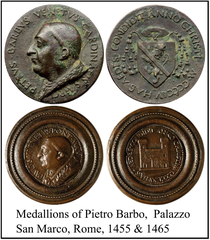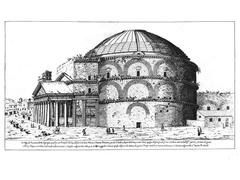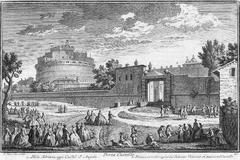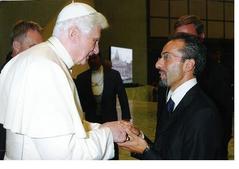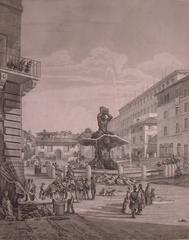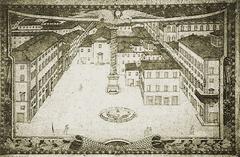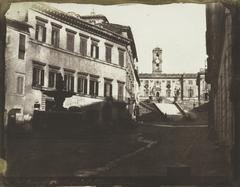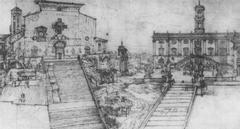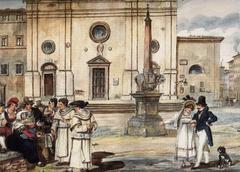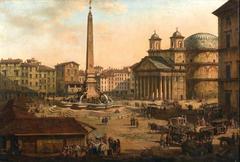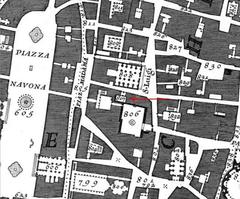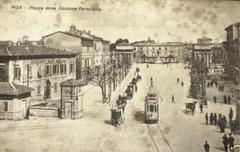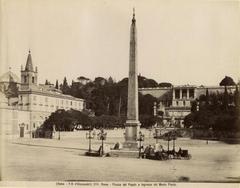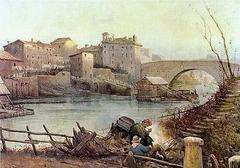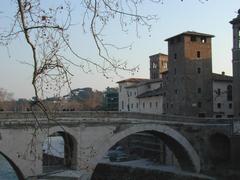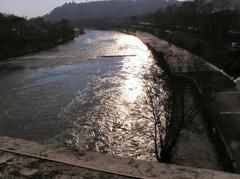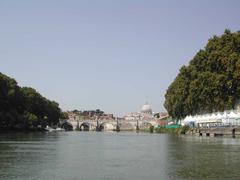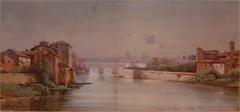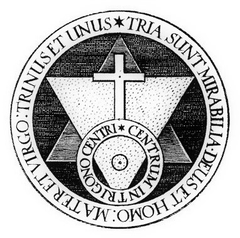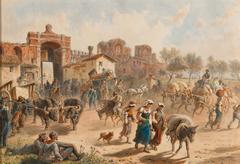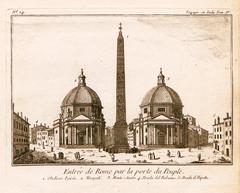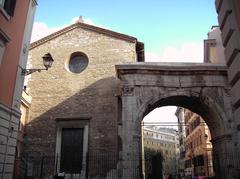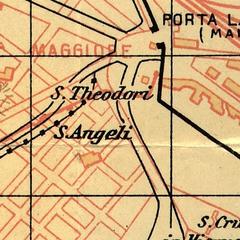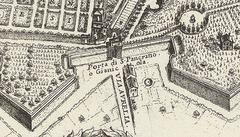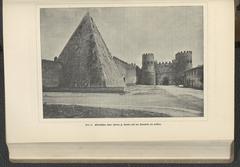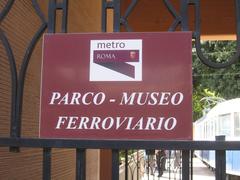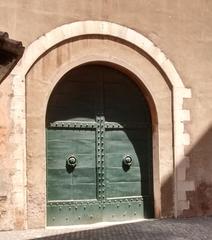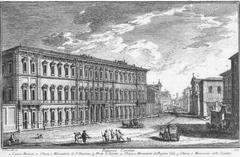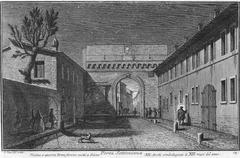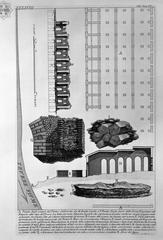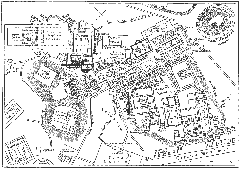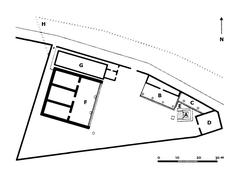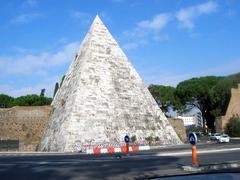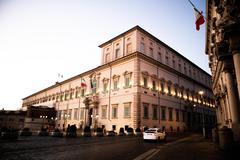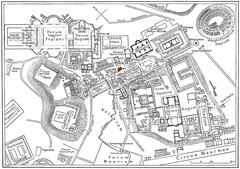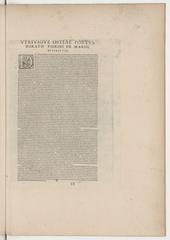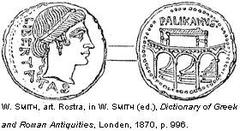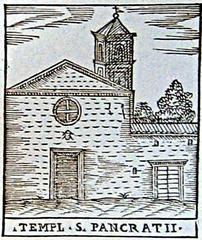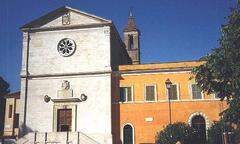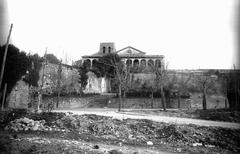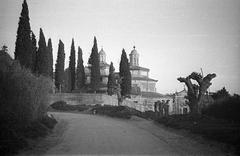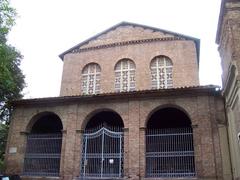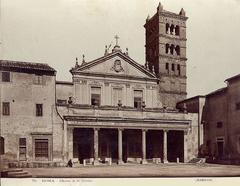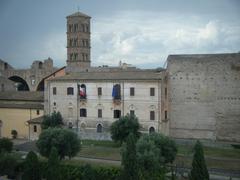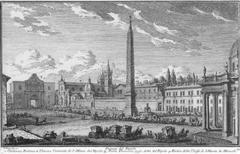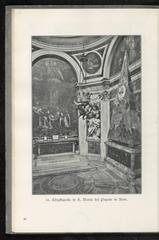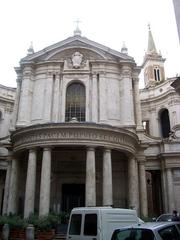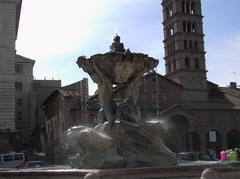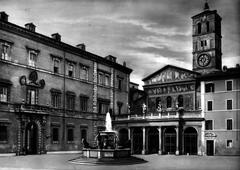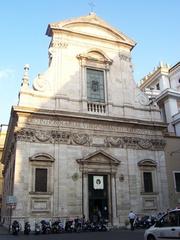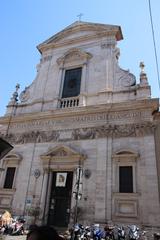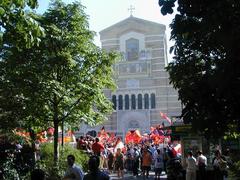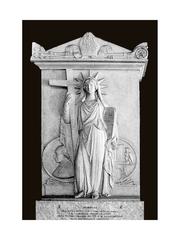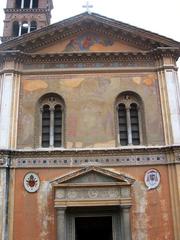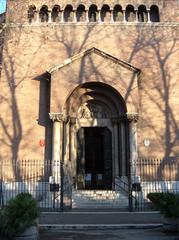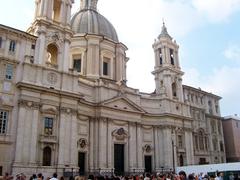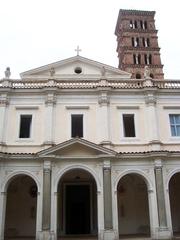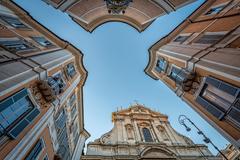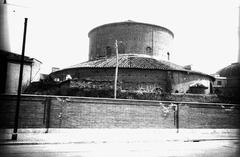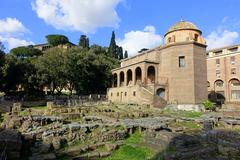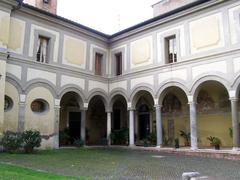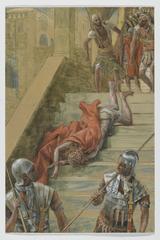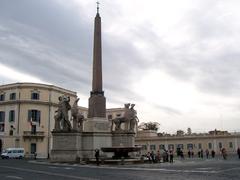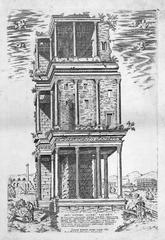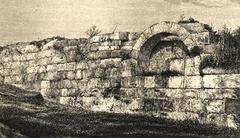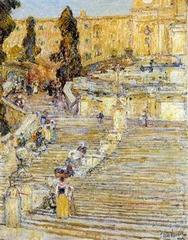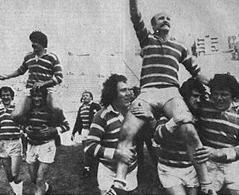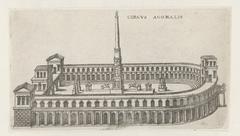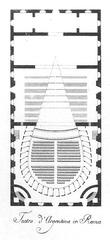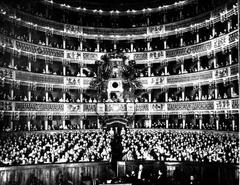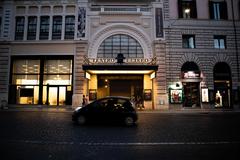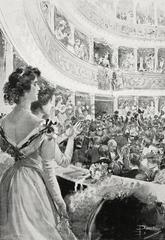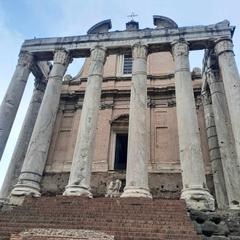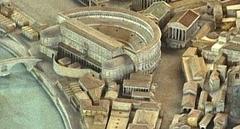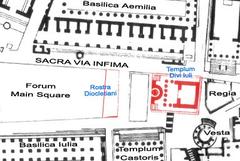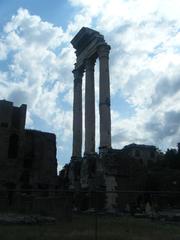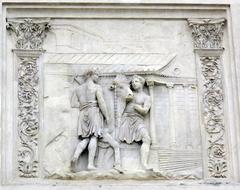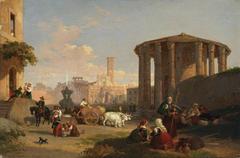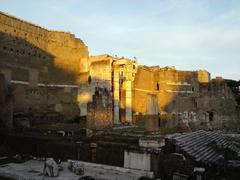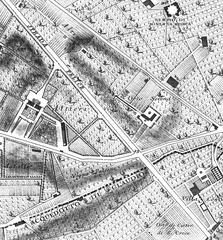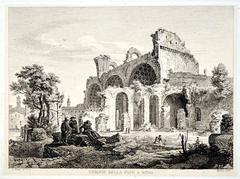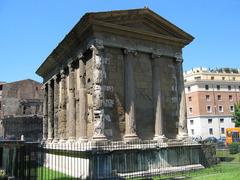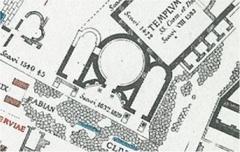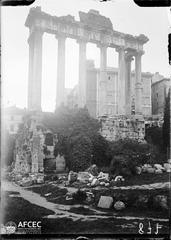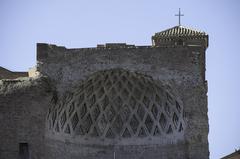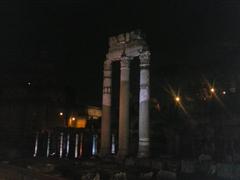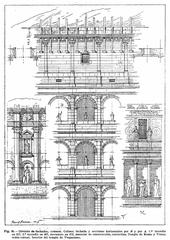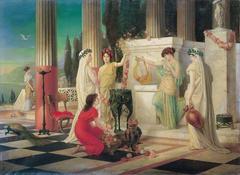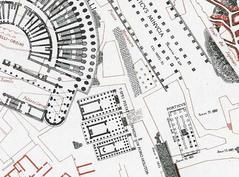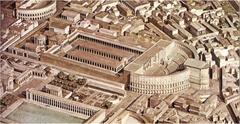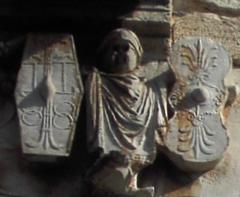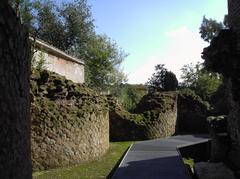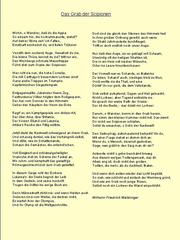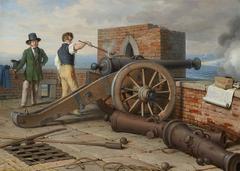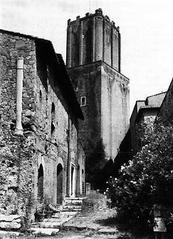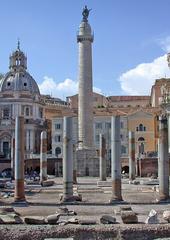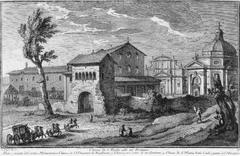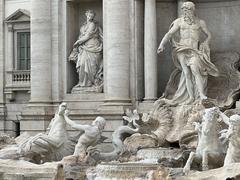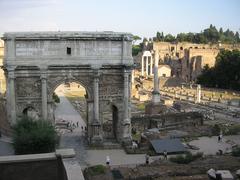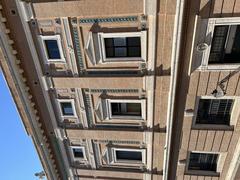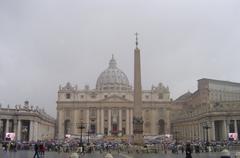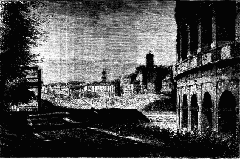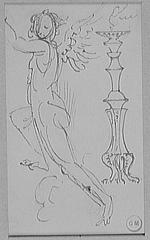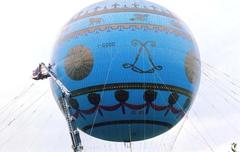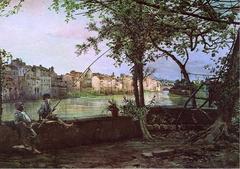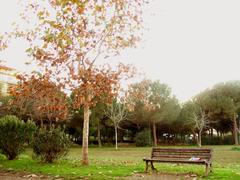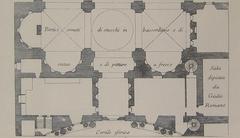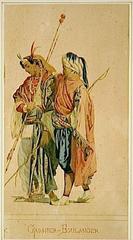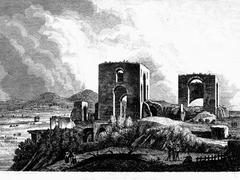Visiting Santa Maria Immacolata a Via Veneto: History, Tickets, and Tips
Date: 18/07/2024
Introduction
Santa Maria Immacolata a Via Veneto, also known as Our Lady of Lourdes at Via Veneto, is a stunning late 19th-century church located in Rome, Italy. This architectural gem stands as a testament to the city’s rich historical and cultural fabric. Nestled along the fashionable boulevard of Via Veneto, this church is not just a place of worship but also a symbol of Rome’s architectural heritage, combining elements of Neo-Romanesque and Neo-Renaissance styles (source, source). Constructed under the decree of Pope Leo XIII in response to the city’s rapid modernization and expansion following the Italian unification in 1870, the church was designed by architect Giulio Podesti and completed in 1914 (source). The church’s unique architectural style, rich interior decorations, and significant religious art make it a must-visit for history buffs, architecture enthusiasts, and devout pilgrims alike. This comprehensive guide will delve into the historical background, architectural style, interior design, visitor information, and religious significance of Santa Maria Immacolata a Via Veneto, offering a detailed and enriching exploration of this remarkable site.
Table of Contents
- Introduction
- Historical Background
- Architectural Style
- Interior Design and Decoration
- Visitor Information
- Religious Significance
- Tips for a Memorable Visit
- Conclusion
- FAQ
Historical Background
A Response to Modernity
The church’s origins lie in the late 19th century, a period of significant change in Rome. The city was undergoing rapid modernization and expansion following the Italian unification in 1870. This period saw a surge in the construction of new neighborhoods, including the area around Via Veneto.
Papal Decree and Construction
Pope Leo XIII, recognizing the need for new places of worship to serve the growing population, issued a decree in 1892 for the construction of a new church dedicated to the Virgin Mary under the title of Our Lady of Lourdes. The church was intended to serve the spiritual needs of the Ludovisi rione, a newly developed area of Rome. Construction began in 1896, based on the designs of architect Giulio Podesti, and was completed in 1914.
Architectural Style
Eclecticism and Neo-Romanesque Influences
Santa Maria Immacolata a Via Veneto showcases an eclectic architectural style, blending elements of Neo-Romanesque and Neo-Renaissance aesthetics. This eclecticism was a hallmark of late 19th-century architecture, reflecting a desire to draw inspiration from various historical periods.
- Façade - Clad in travertine stone, the façade exhibits clear Neo-Romanesque influences, with rounded arches, a prominent rose window, and decorative elements like blind arches and pilasters.
- Tower - The tall, slender bell tower, topped with a conical spire, is another nod to Romanesque architecture.
- Plan - The church’s layout, a Latin cross plan with a nave, aisles, and a transept, is typical of Renaissance church architecture.
- Dome - The relatively small dome echoes the dome structures popularized during the Renaissance.
Interior Design and Decoration
The interior of Santa Maria Immacolata a Via Veneto is equally impressive, featuring rich decorations and artwork.
- Marble and Mosaics - Adorned with polychrome marbles, intricate mosaics, and gilded stuccowork, the interior creates a sense of opulence and grandeur.
- Artwork - The church houses several notable works of art, including paintings and sculptures by prominent artists of the late 19th and early 20th centuries, often depicting scenes from the life of the Virgin Mary and other biblical narratives.
Visitor Information
Visiting Hours and Tickets
Santa Maria Immacolata a Via Veneto is open to visitors daily. Here are the current visiting hours and ticket prices:
- Visiting Hours - Monday to Saturday, 7:00 AM – 7:00 PM; Sunday, 8:00 AM – 1:00 PM
- Tickets - Admission is free, but donations are appreciated to help with the church’s upkeep.
Travel Tips and Nearby Attractions
- Location - Via Veneto, Rome, Italy. Easily accessible by public transport.
- Nearby Attractions - The church is close to other significant sites like Villa Borghese, the Spanish Steps, and Piazza Barberini.
Special Events and Guided Tours
Santa Maria Immacolata a Via Veneto occasionally hosts special events and guided tours. Check the official website or contact the church administration for up-to-date information.
Religious Significance
A National Shrine and Basilica Minor
Santa Maria Immacolata a Via Veneto holds the prestigious title of a national church in Rome, specifically serving as the church of the Cappuccini friars, a branch of the Franciscan order known for their strict adherence to the teachings of St. Francis. This designation highlights its importance not just as a local parish but as a spiritual center for a particular community within the broader Catholic world.
Further elevating its status, the church is also recognized as a basilica minor. This title, bestowed by the Pope, acknowledges its historical and liturgical significance within the Catholic Church. While not as grand as major basilicas like St. Peter’s, the designation signifies a place of special reverence and pilgrimage.
Devotion to the Immaculate Conception
True to its name, Santa Maria Immacolata a Via Veneto is deeply intertwined with the doctrine of the Immaculate Conception. This Catholic dogma, proclaimed in 1854, states that Mary, the mother of Jesus, was conceived without original sin. The church stands as a testament to this belief, with its very architecture and artwork serving as visual reminders of Mary’s purity and grace.
The Capuchin Crypt
Beneath the grandeur of the church lies a space that prompts reflection on mortality and the transient nature of life - the Capuchin Crypt. This ossuary, containing the skeletal remains of over 4,000 Capuchin friars, is arranged in intricate patterns and designs. While visually striking, the crypt serves as a powerful memento mori, reminding visitors of the inevitability of death and the importance of living a virtuous life.
Tips for a Memorable Visit
- Plan your visit - Due to its popularity, Santa Maria Immacolata can get crowded, especially during peak tourist season. Arriving early in the morning or later in the afternoon can help you avoid the largest crowds.
- Allow ample time - To fully appreciate the beauty and significance of the church and crypt, allocate at least 1-2 hours for your visit.
- Engage with the art - Take your time to admire the stunning artwork within the church, including masterpieces by Caravaggio, Domenichino, and Reni. Information panels or audio guides can enhance your understanding and appreciation of these works.
- Reflect in the crypt - The Capuchin Crypt offers a unique and thought-provoking experience. Take a moment for quiet contemplation amidst the intricately arranged bones, reflecting on the cycle of life and death.
Conclusion
Santa Maria Immacolata a Via Veneto stands as a testament to the architectural trends and religious devotion of its time. Its eclectic style, blending Neo-Romanesque and Neo-Renaissance elements, reflects the architectural experimentation prevalent in the late 19th century. The church’s rich interior decoration and artwork further enhance its beauty and spiritual significance. Whether you’re a history buff, an architecture enthusiast, or a devout pilgrim, a visit to this remarkable church is a must when exploring Rome’s historical sites.
FAQ
Q: What are the visiting hours for Santa Maria Immacolata a Via Veneto?
A: Monday to Saturday, 7:00 AM – 7:00 PM; Sunday, 8:00 AM – 1:00 PM.
Q: Is there an admission fee?
A: Admission is free, but donations are appreciated.
Q: Are there guided tours available?
A: Yes, guided tours are occasionally available. Check the official website or contact the church for more information.
Q: What are some nearby attractions?
A: Nearby attractions include Villa Borghese, the Spanish Steps, and Piazza Barberini.
Q: Can I take photos inside the church?
A: Photography is generally permitted inside the church without flash. In the crypt, photography is strictly forbidden.
For up-to-date information on special events and guided tours, be sure to check the church’s official website or contact the administration (source, source).
References
- Discover the Historical Beauty and Visiting Hours of Santa Maria Immacolata a Via Veneto, 2024, source1
- Exploring Santa Maria Immacolata a Via Veneto - History, Art, and Visitor Information, 2024, source2
- Visiting Santa Maria Immacolata a Via Veneto - History, Hours, and Travel Tips, 2024, source3
- Discover the Historical Beauty and Visiting Hours of Santa Maria Immacolata a Via Veneto, 2024, source4
- Exploring Santa Maria Immacolata a Via Veneto - History, Art, and Visitor Information, 2024, source5
